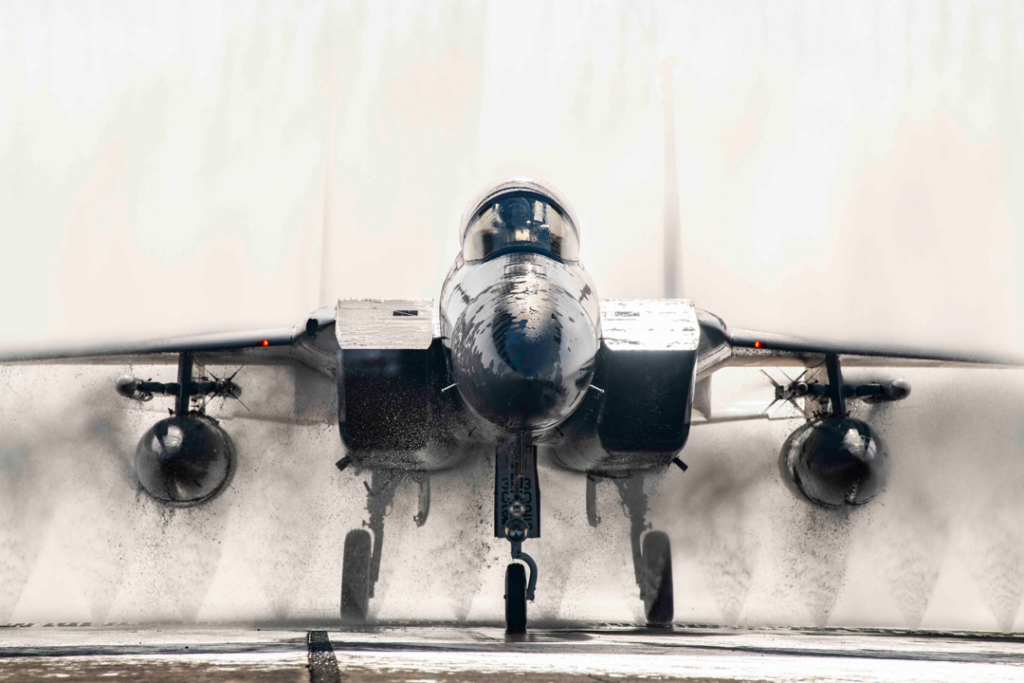US Air Force Replacing F-15s Squadrons in Japan With More Modern Aircraft
According to US Air Force (USAF) statements and media reports, the USAF is withdrawing its two permanently based squadrons of F-15s from Okinawa and introducing more modern planes in their stead. Reportedly, the first phase will see F-22s brought in from Alaska for a six month period to backfill the withdrawn F-15s. In other words, the permanent squadrons would, at least temporarily, be replaced by rotational forces. It remains uncertain if rotational squadron deployments are planned as an interim or long-term solution.
All USAF F-15s in Japan are based out of Kadena Air Force Base in Okinawa. Kadena’s F-15s include single seat air superiority F-15Cs and two seat trainer F-15Ds. There are 48 of these planes in total and they are split between the 44th and 67th Fighter Squadron under the 18th Wing. The USAF also operates a further 48 F-16s based further north in Japan as well as a number of aircraft built for other purposes such as tankers, AWACs and cargo planes.
Introduced in the early 1970s the F-15 is a relatively old fighter platform, although the F-15Cs were introduced in the early 1980s and have been upgraded they are likely to face some of China’s most advanced aircraft, including fourth and fifth generation fighters. The withdrawal plans, however, have still received some criticism. For one, some argue that the current plans for substituting F-15s with F-22s and F-35s are unclear and could thus lead to temporary capability gaps depending on the exact schedule for squadron arrivals and departures. Another related criticism is that the message being sent to China by this shift is one of weakness – that the USAF has under-invested in its Pacific presence for years and needs to take more dramatic action.
Other critics have focused on the impact on the alliance with Japan. Some argue that the withdrawal of permanent squadrons may give the Japanese public a perception that the US is reducing its commitments to Japan. Some also believe that withdrawing units and their families which have been based in Okinawa for many years and thus have a good understanding of local culture will further hurt the often strained relationship between US forces and local Okinawans.
Overall, the degree to which these concerns are valid will depend on the level of competence with which the USAF handles the changes. If the USAF can keep a rotation schedule without capability gaps, the negative impacts of the rotation should be minimized. At the end of the day, the stationing of F-22s on the island marks a step up in the region’s defense capabilities over F-15Cs.

